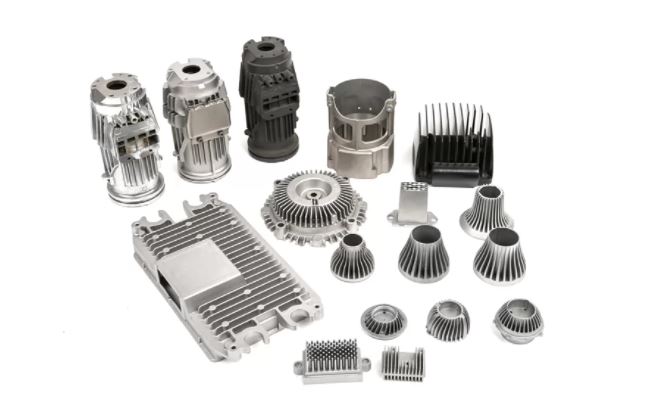What is Aluminum Die Casting? Plus 4 Things You Need to Know About It
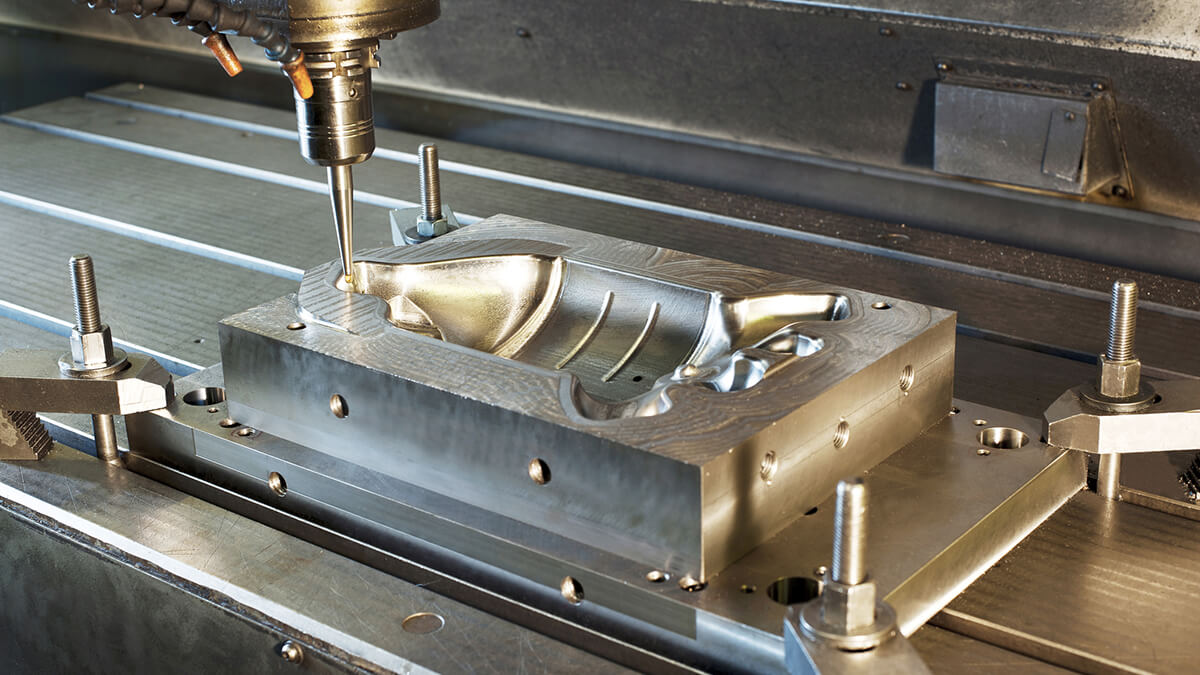
Aluminum die casting is the method of choice for many automotive, industrial, and telecommunications products. It’s also often used to produce electrical, hydraulic, and lighting components. If you would like to know more about the aluminum die casting process and would like some help deciding if it is the right choice for your application, you’re in the right place.
What is Aluminum Die Casting? The Process Explained
Aluminum die casting is a metal-forming process that allows for the creation of complex aluminum parts. Ingots of aluminum alloy are heated to very high temperatures until they are entirely molten.
The liquid aluminum is injected under high pressure into the cavity of a steel die, also known as a mold — you can see an example of a mold for automotive parts above. The die is made up of two halves, and after the molten aluminum has solidified, they are separated to reveal the cast aluminum part.
The resulting aluminum product is precisely formed with a smooth surface and often requires minimal or no machining processes. Given that steel dies are used, the process can be repeated many times using the same mold before it deteriorates, making aluminum die casting ideal for the high-volume production of aluminum parts.
The Advantages of Aluminum Die Casting
Die casting aluminum offers several advantages over other metal-forming processes that might make it the appropriate choice to create your aluminum parts.
.jpg)
Additional advantages include the ability to have textured or smooth surfaces and the capacity to accommodate both large and small parts.
One of the most noteworthy is the ability to produce very complex shapes that neither extrusion nor machining can effectively create. A perfect example of this is the production of complex automotive parts, like transmissions and engine blocks. Other processes cannot consistently achieve the complexity and tight tolerances required for these products.
The Top Considerations During Part Design
A few considerations have to be taken into ac when designing the part to be cast.
Firstly, the mold must be designed to separate and allow the solidified aluminum part to come out. The line that marks where the two halves of the mold come apart is referred to as a parting line, and you have to consider it in the early stages of die design.
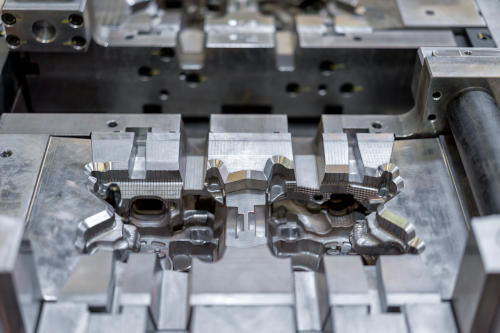
Another important consideration is the location of injection points. The die can be designed with several injection points in cases when the molten metal would otherwise solidify before reaching every crevice in the die. This can also help if cavities are included in the design; you can surround them with aluminum and still have the part come off when the mold is separated.
You must also consider the thickness of the part’s walls. There are usually no guidelines for a minimum wall thickness, thanks to recent technology developments, but having walls with consistent thickness is often preferred.
How it Compares to Green Sand and Permanent Mold Casting
Green sand and permanent mold are two common alternative casting processes to aluminum die casting. Green sand processes use wet sand to create the mold for the cast, making it less expensive than the other two processes. Above, you can see an operator pouring molten metal into a sand cast mold.
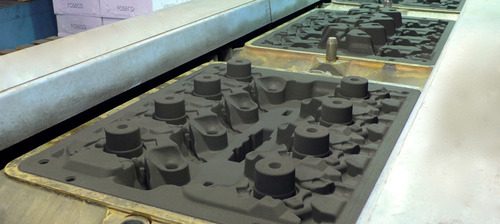
Green sand mold castings
Unlike die casting, which uses injection, permanent mold castings require the molten aluminum to be gravity poured into the mold. Permanent mold castings can also potentially produce stronger casts.
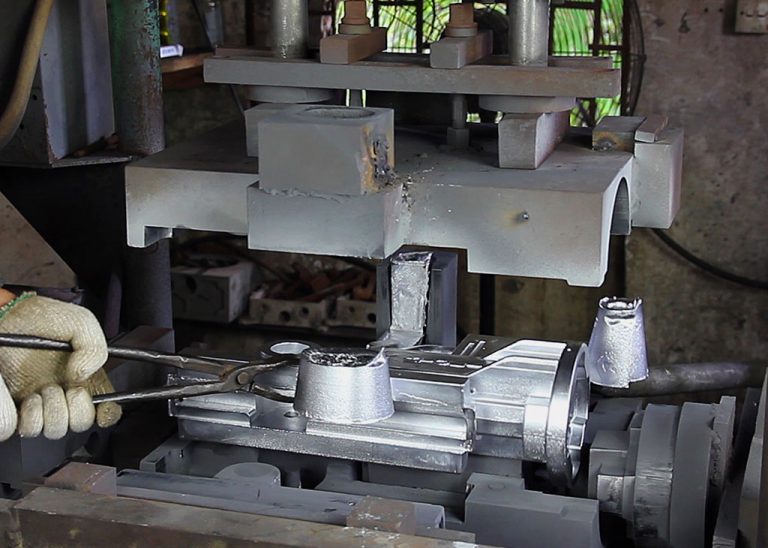
Permanent mold castings
Nevertheless, die casting offers better tolerances and better-finished surfaces than the other two methods, often eliminating the need for subsequent surface treatment.
Options for Machining and Finishing
Die cast aluminum parts often require minimal machining, and several options are available for surface finishing. Die casting has a very good surface finish by casting standards but can still have imperfections, like metal seams where the mold halves meet. A rough surface or other imperfections inadequate for the part can be addressed by sanding, sandblasting, or orbital sanding.
The cold working process of shot peening is often used on die cast aluminum to improve fatigue resistance. Alternatively, a protective or decorative coating can be applied to the finished part, such as a powder coat. Other types of modifications can also be applied to the parts after casting, such as drill tapping.
Conclusion
At the end of the day, the metal-forming process you choose will depend on your budget, the purpose of your aluminum part, and how many parts you want to manufacture. Die casting can be an expensive method, but it’s worth it if your design has high complexity and you require a high volume of parts.
*Source: gabrian.com
*Image source: Sưu tầm


 Chia sẻ:
Chia sẻ: